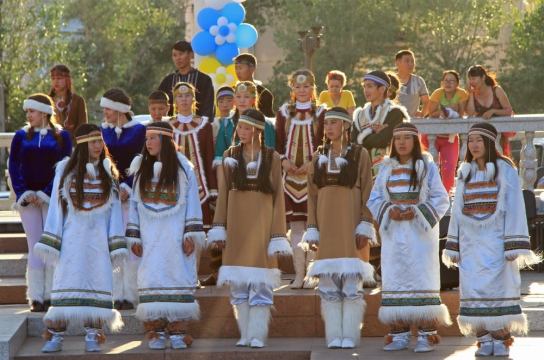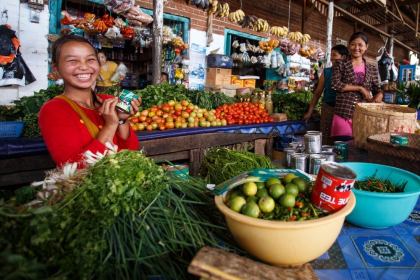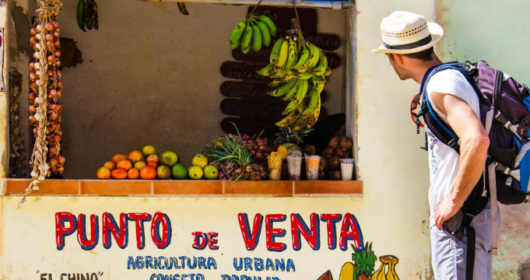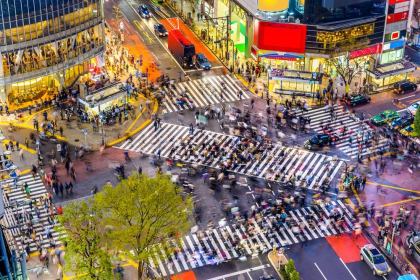World indigenous day | Discover how they live nowadays

August 9, World Indigenous Day. A day commemorating the day of the first meeting of the United Nations Working Group on Indigenous Populations, which took place in 1992.
The General Assembly of the United Nations decided that during the International Decade of the World’s Indigenous Populations. The International Day of Indigenous Populations will be celebrated every year on August 9.
Index
Historical and ancestral wealth
Indigenous peoples are inheritors of ancestral customs and traditions. In addition to their great linguistic and cultural diversity. Which most indigenous peoples share, despite their multiculturalism and diversity they maintain many common and important aspects and struggles.
Despite the diversity within the different native peoples of the world. The way of relating to their territories and their surroundings is a particular way that most indigenous peoples share in our territory. As well as the will to preserve their forms of organization, their cultural, social and economic values that are often different from the norms that predominate in the societies in which they live. You might like to take a tour for the sacred land of the Incas.
We must raise awareness about their situation.
The international community recognizes that special measures are needed to protect their rights, maintain their cultures and ways of life. This international day of indigenous peoples is an opportunity to raise awareness about their precarious situation.
Although plural, indigenous peoples share similar challenges when defending the recognition and protection of their fundamental rights. Today, indigenous peoples are undoubtedly among the most vulnerable and disadvantaged populations in the world.
It is these people and their lands that have felt the worst impact of a development model that has been displacing them for more than 500 years. As a result of the loss of their lands, territories, and resources due to development and other pressures, many indigenous peoples migrate to urban areas in search of a better life, education, and employment.
Migration and mobility situation as an impact problem.
They also migrate between countries to escape conflict, persecution and the impacts of climate change. A large number of social organizations, non-profit organizations and state entities have organized several programs to address these migration and mobility issues that are relevant to indigenous peoples. Also focusing its activities on issues related to inclusion and diversity to combat all forms of discrimination.
The World Indigenous Day of 2018 focused on the migration and mobility of indigenous peoples. For this year 2019, it will be dedicated to the historically marginalized languages of native peoples in all corners of the world. The objective of the initiative is to sensitize public opinion about the risks that these languages face and their value as vehicles of culture, knowledge systems and ways of life.
Indigenous peoples represent a great diversity: more than 5000 different groups in about 90 countries. Each indigenous language is strongly linked to their respective culture. In many cases, these cultures are gradually disappearing as a result of land grabbing, conflicts, climate change and economic development projects that affect their traditional ways of life.
Their native language as a carrier of culture
External influences also play an important role. There are fewer and fewer children who learn the indigenous languages of their fathers, mothers, grandmothers or grandparents. This means that often it is only the older generations who have knowledge of the language, and this would lead to forgetting the language.
Most of the 7,000 languages spoken in the world are considered to belong to indigenous communities. All of them are repositories and carriers of culture, history, knowledge, values, and identity. Its loss represents an impoverishment for humanity as a whole.
The great problem that the transmission of their mother tongue to their generations and communities does not continue for communities and for our humanity. When indigenous languages disappear, an integral part of the culture of indigenous peoples disappears with them.
2019 international year of indigenous languages
For this year, the World Indigenous Day will be dedicated to indigenous languages. In order to preserve their languages, and that States take the initiative to enact appropriate laws and policies to guarantee and protect their rights. Also, that humanity is in a position to value this linguistic diversity and thus allow the survival of all indigenous languages.
The indigenous population consists of approximately 370 million people. That is, more than 5% of the world’s population, and yet they are among the most disadvantaged and vulnerable populations. They represent 15 percent of the poorest.







Comments are closed.